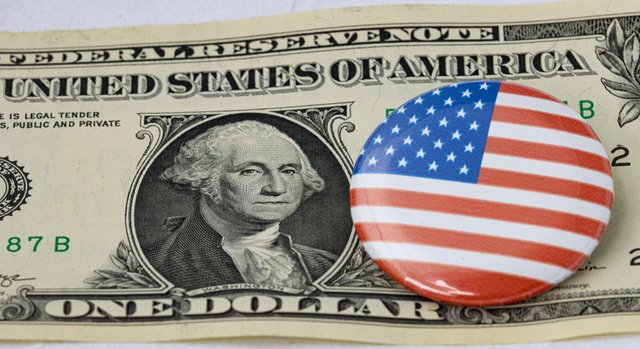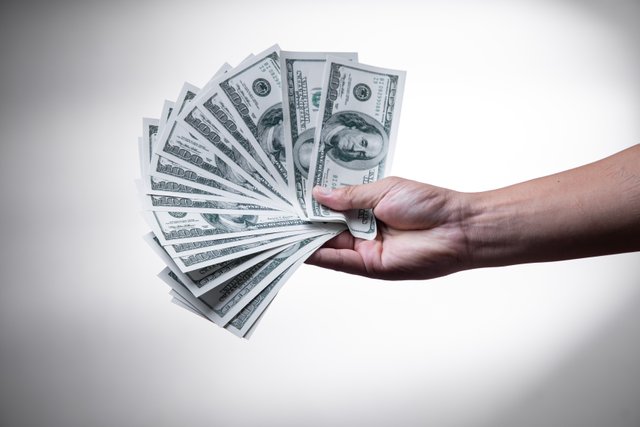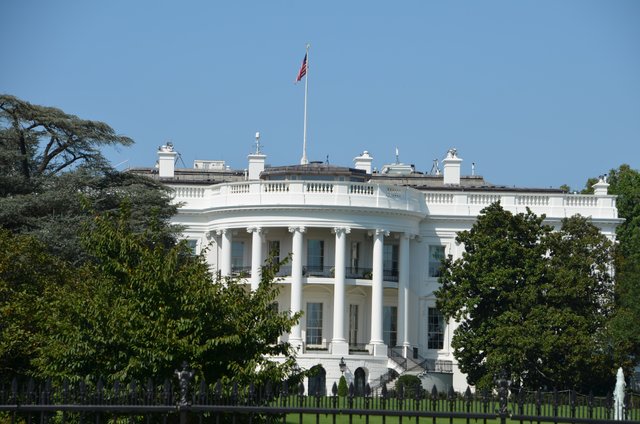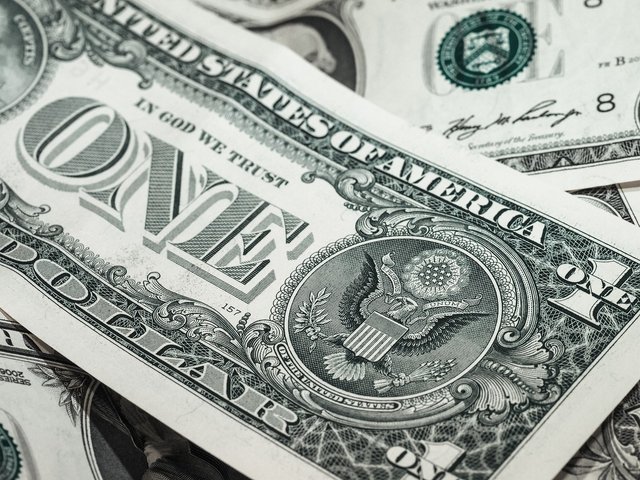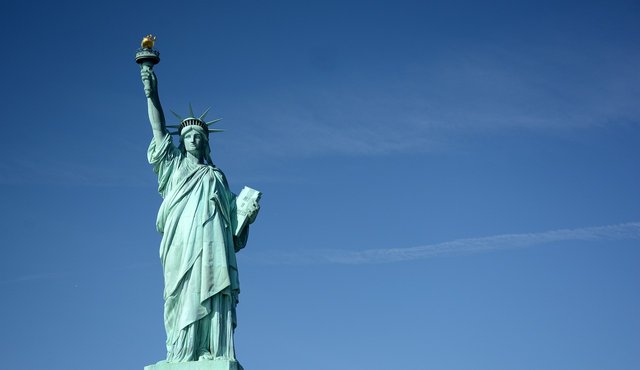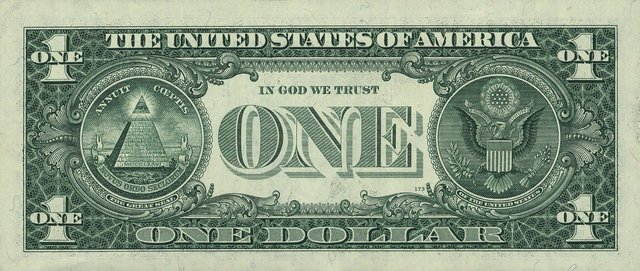🌼Hello #Steemit Stale. How are you all🌼
I am Sabbir Islam. I use the username @mjsabbir on #Steemit.
I am from #Bangladesh 🇧🇩 among you. Today, I will share The History Of the U.S.D with you.
The US bone is the subject of this essay. It talks about the development of the bone from its use as a Continental plutocrat until the present. It also describes the numerous kinds of coins and bone notes made throughout time.
The sanctioned currency of the United States and its homes is the US bone ( USD). Also, it's the currency that central banks and other fiscal institutions throughout the globe hold in the topmost volume, making it the reserve currency of the world.
In 1792, the bone was initially introduced after the American Revolutionary War. When it was first introduced, it was described as a bimetallic currency, which meant that both gold and tableware backed it. Nevertheless, the gold standard was formally embraced by the US in 1900. This inferred that the bone's worth was now set at the price of gold and was solely supported by that essence.
During the Great Depression, the United States abandoned the gold standard in 1933. The purpose of this action was to enable the government to increase plutocrat printing and boost frugality. The bone has not been backed by any palpable asset since then, making it an edict currency.
Following World War II, the bone surfaced as the global reserve currency. This indicates that central banks and other fiscal associations across the globe enjoy the utmost of this currency. The United States benefits economically from the bank's position as the reserve currency in various ways, including cheaper interest rates and easier access to foreign capital.
The bone is now the currency that's changed the most encyclopedically. Trade, investment, and finance are just a few of the numerous transnational conditioning in which it's used. In addition, the sanctioned currencies of several nations, including the US, Puerto Rico, and Guam, are bones.
The following are some leading causes of the bone's standing as the global reserve currency.
The US frugality's size and strength. The most significant and most stable frugality in the world is that of the United States. For overseas investors, this makes the bone a secure and charming investment.
The US fiscal requests' depth and liquidity. The world's biggest and most liquid fiscal requests are those in the United States. This facilitates the exchange of bones and the vacuity of fiscal goods and services nominated in US bones for consumers and pots.
The US government's fidelity to unrestricted investment and commerce. The US government has traditionally favoured free trade and investment. Due to this, the US is now a sought-after position for investments and marketable dealings, which has increased demand for bones. The worldwide reach of the US service. The US service is present globally and is vital to advancing security and stability in that region. Also, this has increased the demand for bones. For the US frugality, the bone's position as the global reserve currency has numerous significant ramifications. For case, it makes it possible for the US government to adopt plutocrats at interest rates that are lower than they else would be. This results from investors' amenability to pay further for debt nominated in US bones because of the bone's character as a haven. Being the reserve currency of choice for US pots also offers them a competitive edge in global commerce. US companies don't have to convert their earnings into US bones; therefore, they can frequently give their products and services cheaper than their overseas rivals.
All effects considered, the bone's standing as the global reserve currency contributes significantly to the US frugality. It makes it possible for US pots and the government to adopt plutocrats at cheaper interest rates and to engage in further successful transnational trade.
For centuries, the bone has been a major player in frugality. Trade, investments, and wars have all been financed with it. The United States has served economically from the bone's position as the global reserve currency in several ways The bone's position as the reserve currency is manageable still. For case, it increases the US frugality's vulnerability to outside shocks like transnational fiscal heads. Likewise, as other nations want to maintain their currency's value lower than the bone's, the bone's position as the reserve currency may contribute to affectation in the US.
The bone will continue to be the global reserve currency for a veritably long time despite these obstacles. The bone's standing as the global reserve currency is told by many factors, including the size and strength of the US frugality, the depth and liquidity of the US fiscal requests, the US government's support of free trade and investment, and the reach of the US service around the globe.
